What plants need the least amount of water? 14 of the best drought-tolerant plants to add to your summer garden, with expert growing tips
Keep your summer garden thriving with these low-maintenance picks
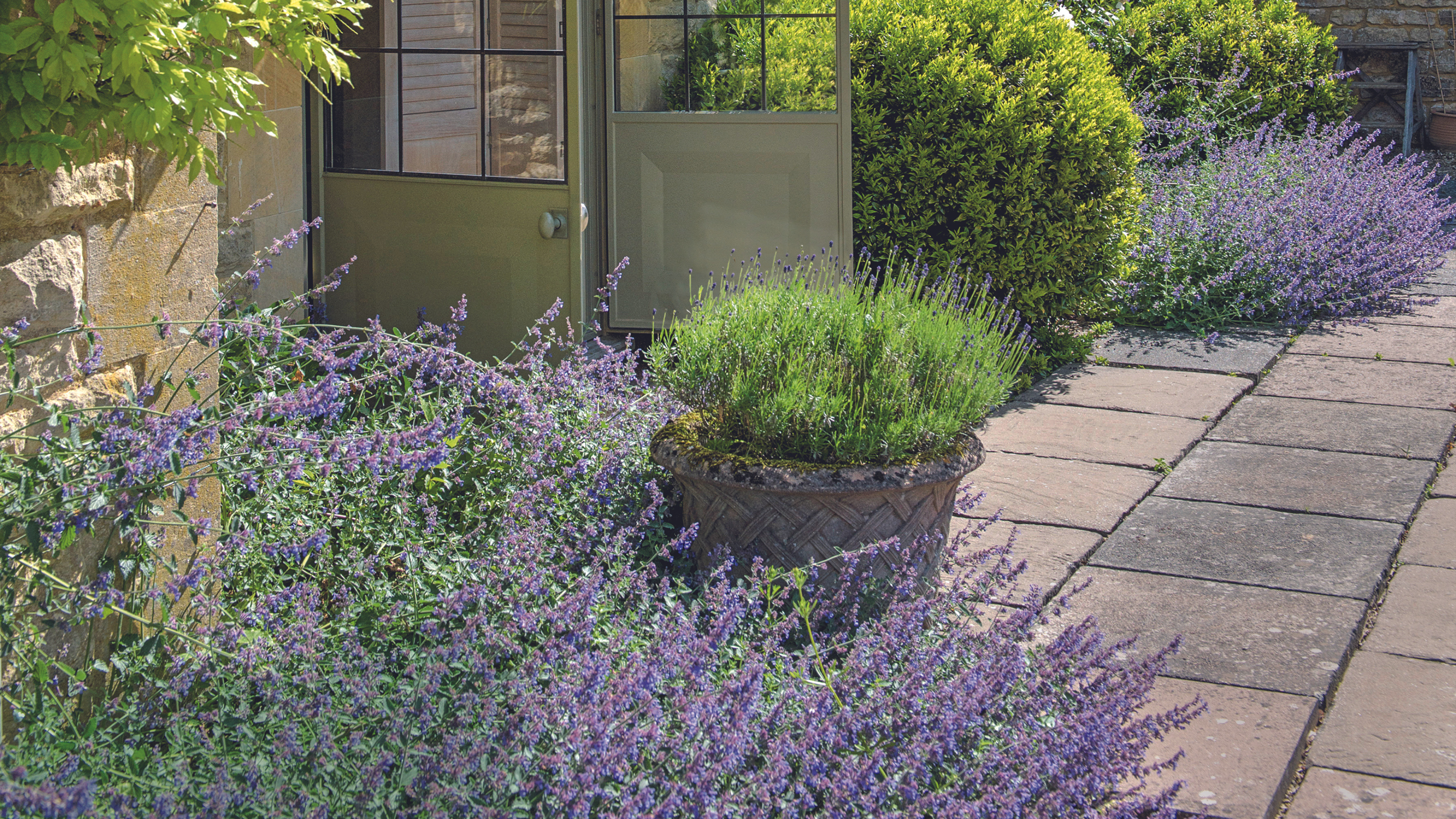
Sophie King
British gardeners are eager to keep their flowers blooming bright all summer long, and if rising water bills have taught us anything, the less watering, the better. But what are the best drought-tolerant plants to withstand the high summer heat?
Drought-tolerant plants can add value to all of your garden ideas, and they're worth considering if you're looking for low-maintenance plants. 'Drought-tolerant plants not only conserve water but also add aesthetic and ecological benefits to gardens,' says Tim Marshall, head gardener at Raby Castle.
We've rounded up the best drought-tolerant plants, with growing tips from the experts to help us along the way.

Tim Marshall, Raby Castle’s head gardener, has had a career which spans nearly three decades and has taken him all over the world. Now working across County Durham’s Raby Estates, Tim is leading the transformation of the walled garden and the grounds to the north of the castle in the project known as The Rising – working with other high profile garden designers as well as his home team.
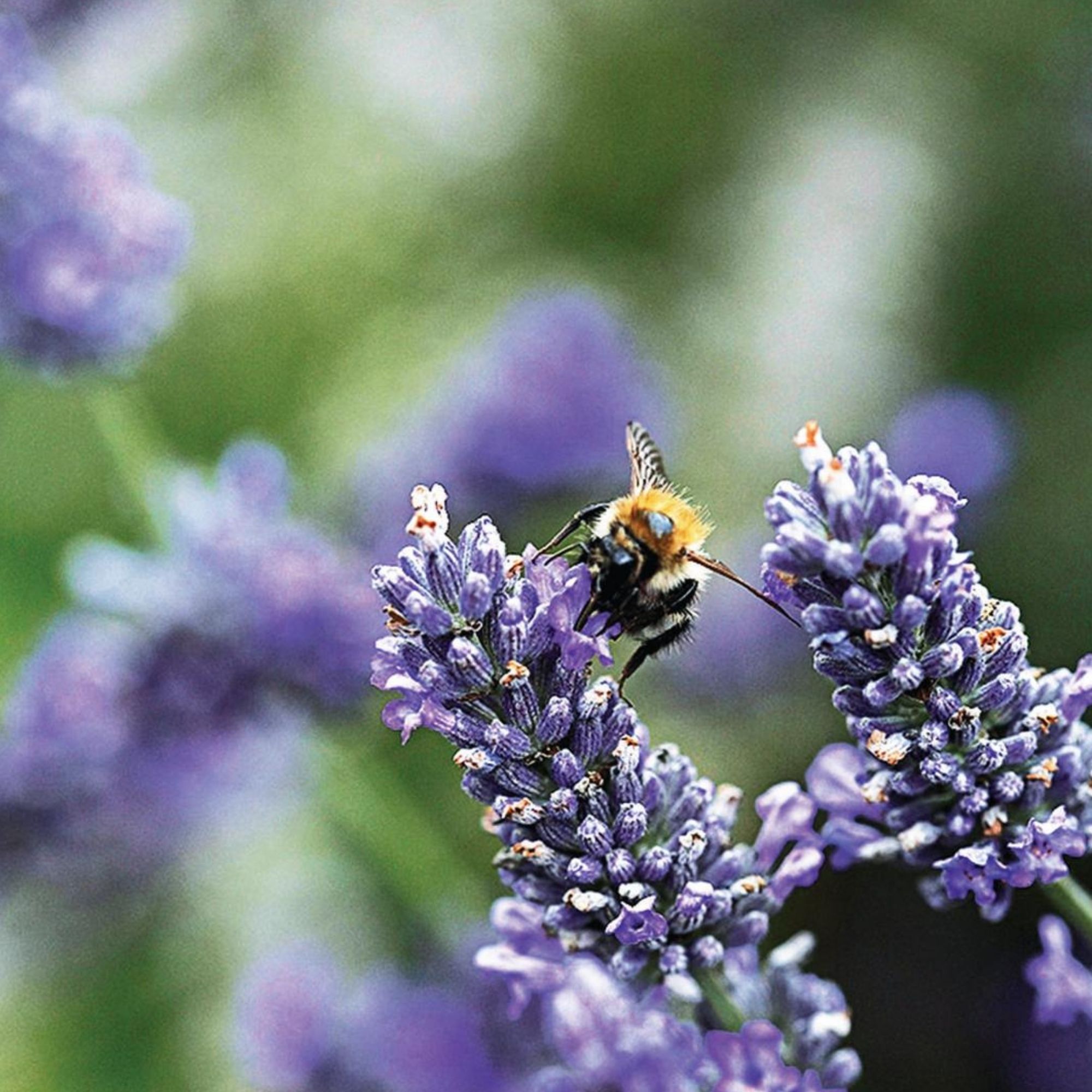
1. Lavender
'Lavender is a classic drought-tolerant plant here in the UK, and potentially one of the most popular,' says John.
'In order to survive, it needs well-draining soil. It also prefers a soil that is slightly alkaline, and even gravelly or sandy. It's really important to avoid any majorly heavy, wet soils with lavender which can cause root rot, as lavender prefers dry conditions.
'Lavender requires full sun, and only needs watering very sparingly.'
Prune lavender after flowering to encourage new growth.
Get the Ideal Home Newsletter
Sign up to our newsletter for style and decor inspiration, house makeovers, project advice and more.
Where to buy lavender:
- B&Q: hardy French lavender plants are available now.
- Amazon: a range of lavender plants to choose from.

John Clifford is a director of Gardenstone, a leading garden landscaping retailer based in the UK. With over 30 years in the gardening industry and continual work alongside The National Trust, John has amassed an extensive range of gardening and planting knowledge. Alongside his younger son, John has built a strong reputation for Gardenstone as a trusted source for both high-quality garden products and expert gardening advice.
2. Gorse
Gorse provides vibrant displays of yellow flowers, especially in spring, and it's another great example of a low-maintenance, drought-tolerant plant.
'Gorse thrives in poor, sandy, or gravelly soil and is extremely drought tolerant,' says John. 'It requires very little watering and requires full sun in order to thrive.
'One thing to watch out for with gorse is that it can be invasive, so you'll need to manage its spread carefully and keep on top of controlling its size.'
Once the plants have flowered, trim them back slightly to help control size and shape.
Where to buy gorse:
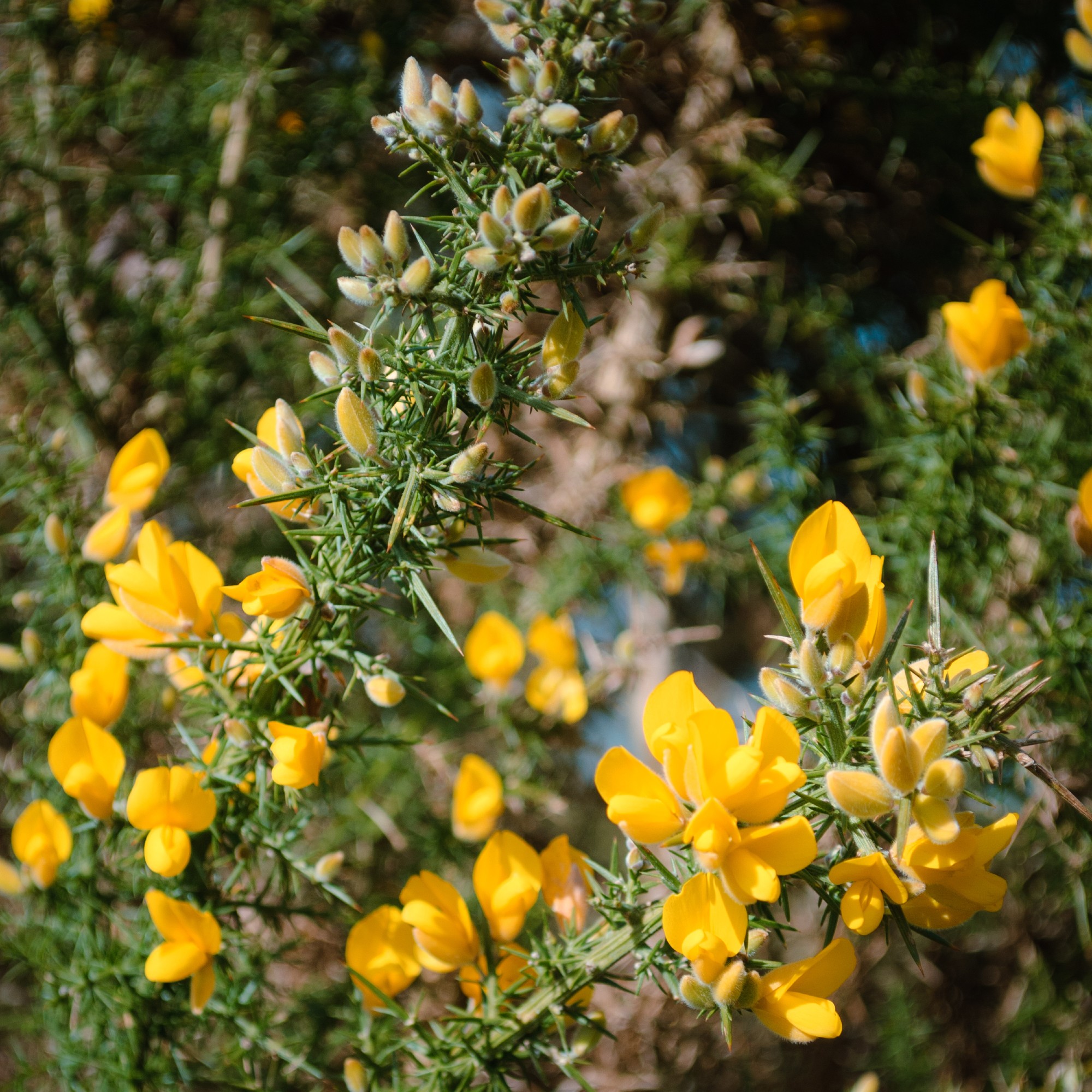
- B&Q: gorse hedging plants are a drought-tolerant option for garden borders.
3. Fremontodendron
The flannel bush is another one of our best drought-tolerant plants which boasts bright yellow flowers.
'Fremontodendron, or the flannel bush, is an evergreen shrub which prefers well-draining soil that's either sandy or loamy,' says John from Gardenstone. 'It requires full sun and needs very minimal watering once it's established. Waterlogging should be avoided at all costs.'
'It'll need pruning very lightly after flowering, but you should always avoid cutting into old wood as it won't regenerate. Only prune to maintain shape rather than to encourage new growth.
Though the flannel bush is a low-maintenance plant during the summer, you'll want to protect it from frost in the winter. 'Use a horticultural fleece in the winter, and consider planting in a location that's sheltered from the wind to ensure they're protected from cool chills,' John advises.
Where to buy the flannel bush:
- Suttons: invest in a 3-litre potted flannel bush.
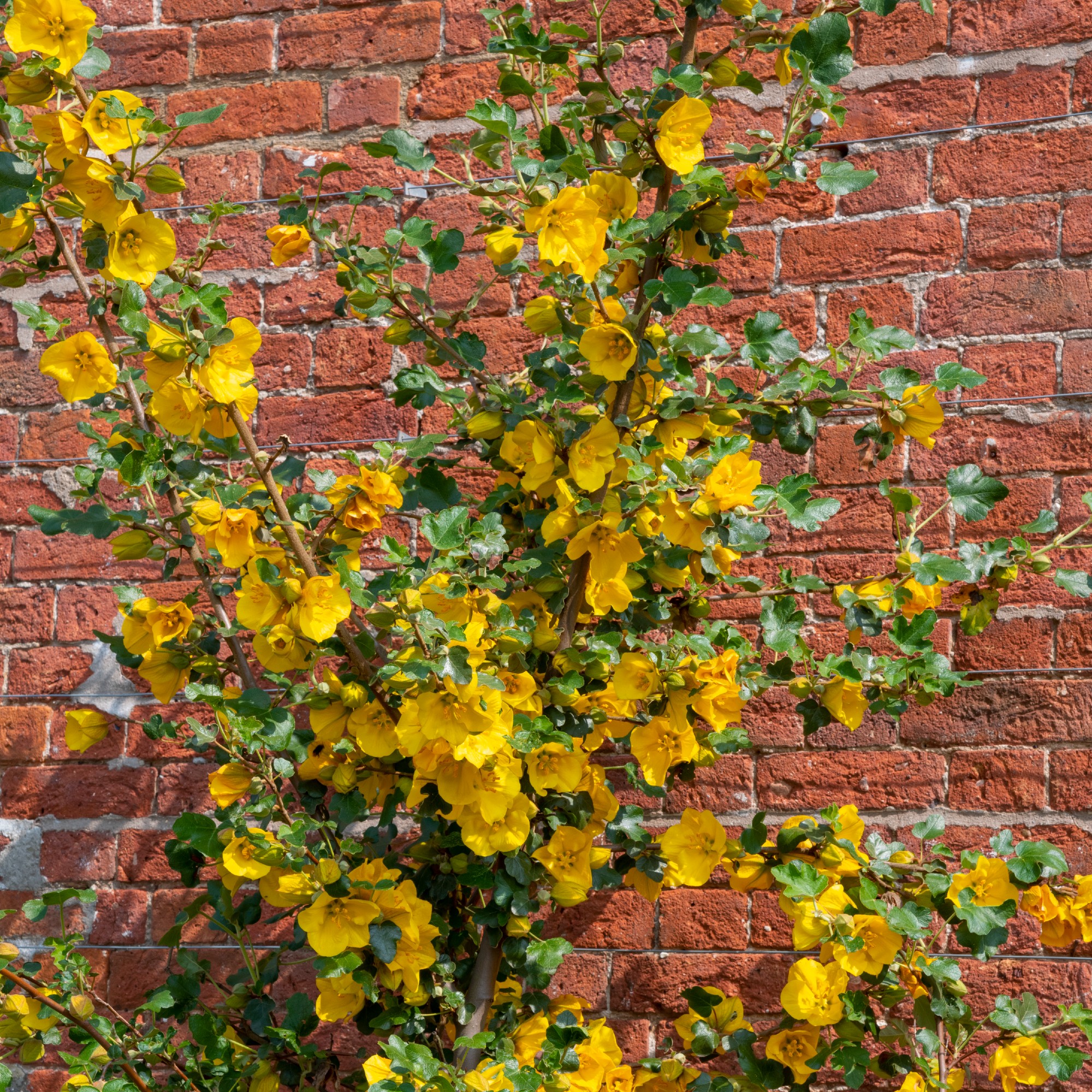
4. Vervain
Verbena rigida and Verbena bonariensis are some of the best drought-tolerant plants for beautiful displays in garden borders. Fragrant, bright purple flowers appear from summer to autumn, and they're rich in nectar, so they cater perfectly to bees and butterflies.
Plant these popular perennials in a well-drained, moderately fertile soil in a sunny position.
Verbena rigida doesn't require pruning, but Verbena bonariensis should be deadheaded in autumn and cut back in spring.
Where to buy vervain:
- Crocus: vibrant Verbena rigida plants for fragrant blooms.
- Sarah Raven: sow delicate Verbena bonariensis seeds in your garden.

5. Blue spire
Blue spire (Perovskia atriplicifolia) provides eye-catching displays of violet-blue flowers, or 'spires', in late summer and autumn. A deciduous shrub, it can grow up to 1.5 metres in height.
This drought-tolerant plant thrives in poor but well-drained soil, and loves full sun.
Prune in the spring for a better display of blooms later in the year.
Where to buy blue spire:
- Gardening Express: blue spire plants are a top drought-tolerant choice.
6. Wormwood
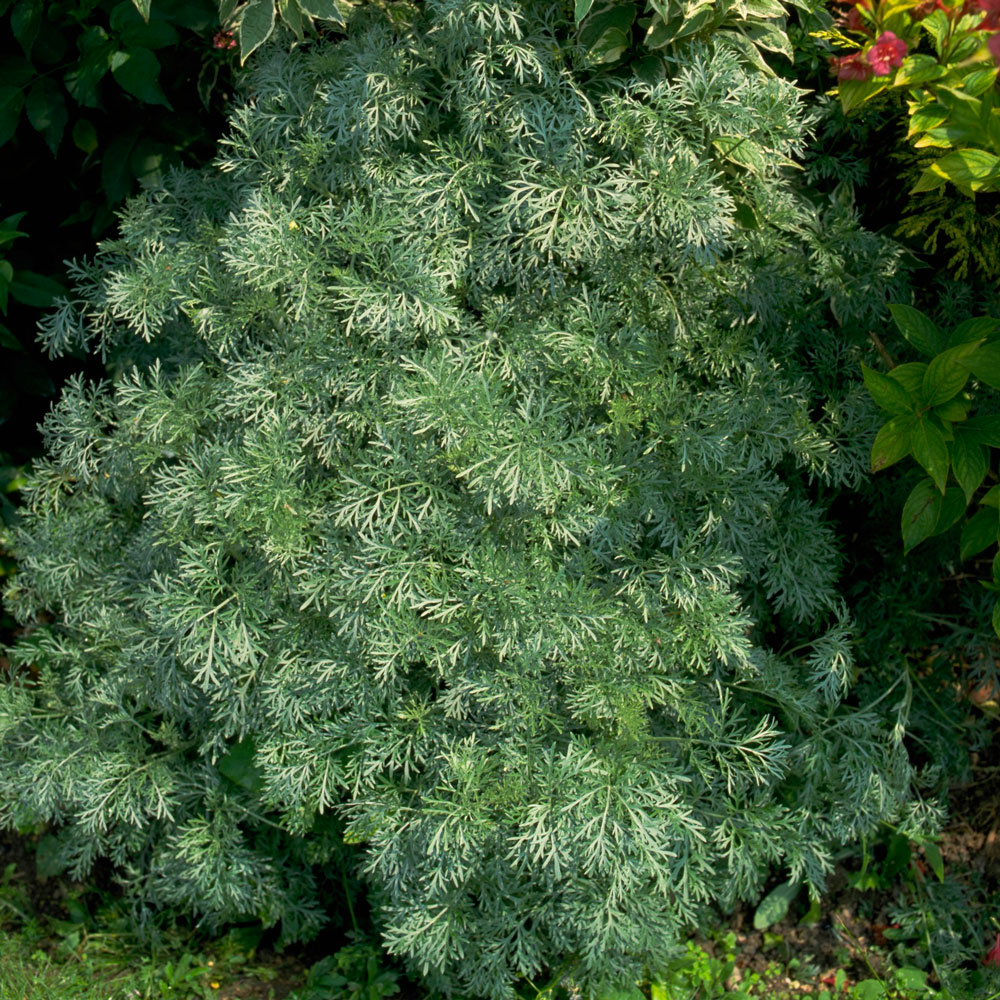
Wormwood is a shrubby perennial which forms a billowing mound of soft, silver evergreen foliage.
Plant it in any well-drained soil (chalk, loam or sand) in a sunny spot, but try to keep it sheltered from cold winds. It can grow up to one metre in height.
Cut wormwood right back in the spring to maintain a compact habit.
Where to buy wormwood:
- Amazon: sow wormwood seeds in your garden.
7. Salvias
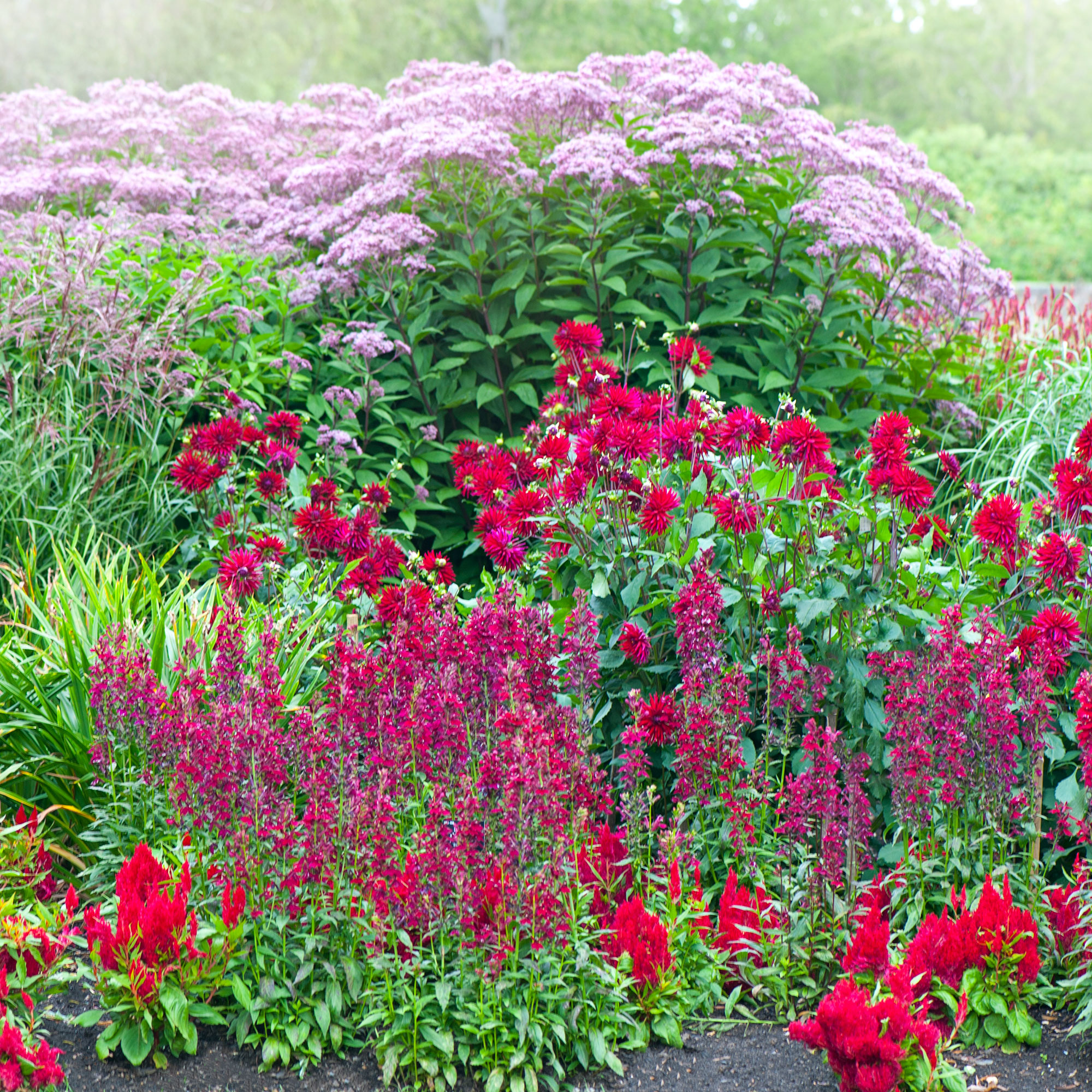
Salvias are drought-resistant and offer beautiful displays of delicate flowers in a range of colours. Plus, bees and butterflies love them.
'Well-draining soil is crucial for Salvia,' says John Clifford from Gardenstone. 'Even if the soil is poor in quality, they will survive as long as there is adequate drainage.
'They prefer being in a location with full sun, and although they're drought tolerant, they do still benefit from slight watering in periods where it might be extremely dry.'
Prune lightly in spring to remove dead and damaged growth, and deadhead spent flowers to encourage further blooming. In cold areas, it's best to mulch around the roots in the autumn.
Where to buy salvias:
- Crocus: a vibrant range of salvia plants to choose from.
8. Helichrysum
Also known as everlasting flowers or, if you're into skincare, immortelle, Helichrysum is a beautiful plant worth growing for its antioxidants and anti-inflammatory properties.
'This plant needs plenty of good soil that has excellent drainage and sunlight,' says Andy Ellis, former professional gardener and founder of Posh.co.uk. 'It is really good for dry gardens and rock gardens, and pruning only need to be done if you want it to keep a specific shape.'
Where to buy Helichrysum:
- Suttons: add Helichrysum thianschanicum 'Icicles' to your garden.

Andy Ellis is a former professional gardener turned interior designer and the founder of Posh.co.uk, home to an array of garden supplies and bathroom fittings. In his spare time, he can be found tending to his plants and continuing to work to make his garden the envy of the neighbourhood (he succeeded).
9. Stonecrop (Sedums)
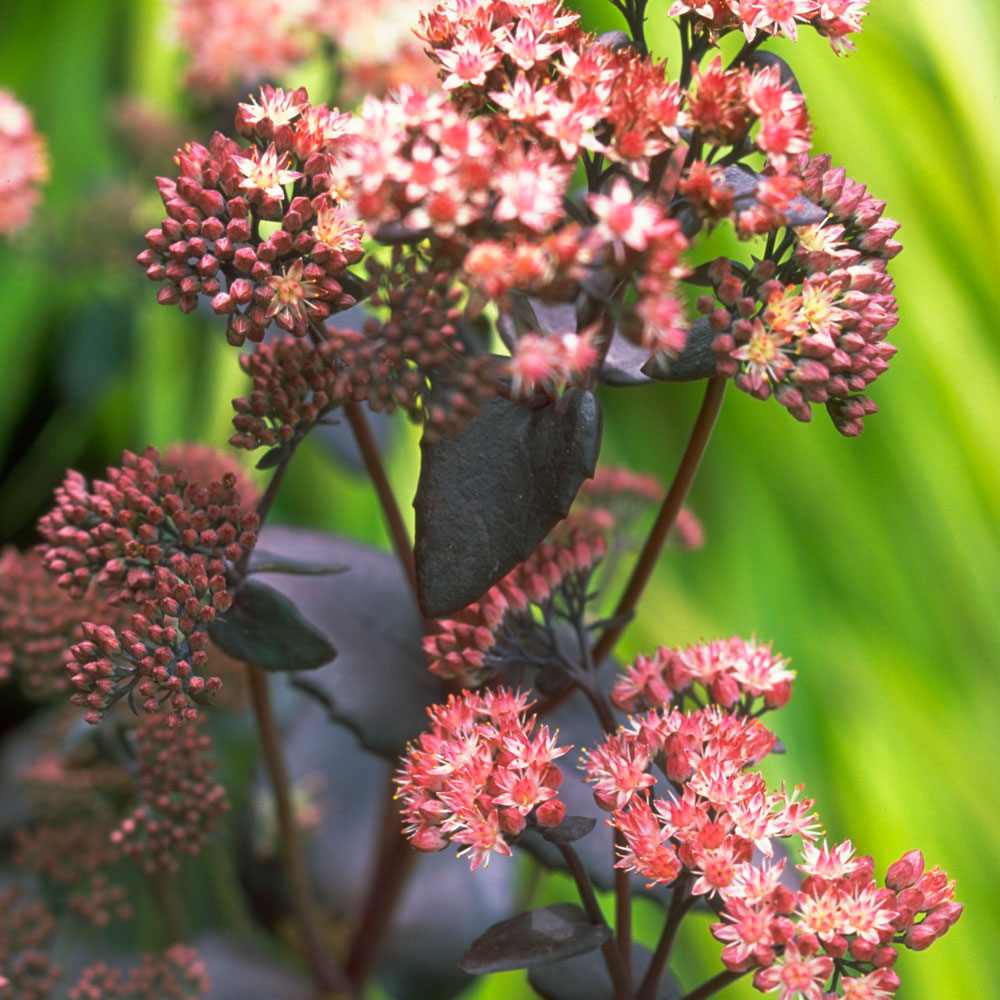
Learning how to grow sedums is a breeze. These drought-tolerant succulents store water within their leaf structure and waxy leaf coating, preventing water from escaping the leaf.
Plant them in full sun or partial shade, in any well-drained soil. In the spring, cut them back to new growth and weed.
Where to buy sedums:
- Gardening Express: a hardy succulent sedum collection, perfect for containers and borders.
10. Spanish broom
Spanish broom produces elegant yellow flowers, but there are a few things to consider before planting. 'You will need to check regulations for your area first, as Spanish broom can become invasive,' says Andy.
'Otherwise, they need full sun and soil with excellent drainage to help them develop drought resistance. Prune them after flowering to help control their size.'
Where to buy Spanish broom:
- Amazon: a bright range of Spanish broom plants to choose from.
11. Cabbage palm
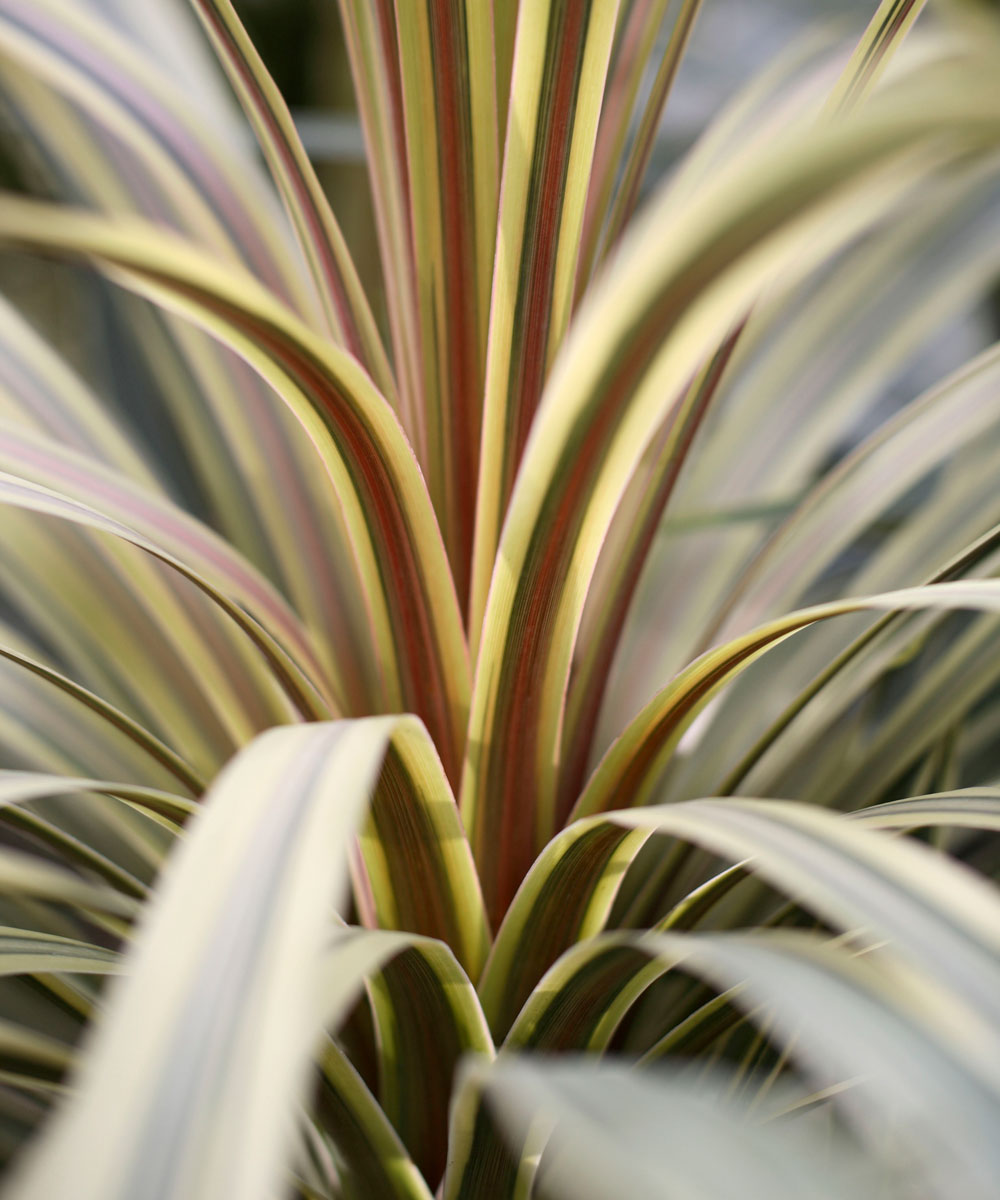
Cordyline australis – also known as cabbage tree or cabbage palm – also make our list of the best drought-tolerant plants to have in the garden.
Not only do they look good all year round, but they're also perfect for coastal gardens and do well in large containers or borders.
During hot summers, cabbage palm sometimes produces small, scented flowers.
They do well in well-drained, fertile soil (chalk, loam or sand), and in a sunny, or partially shaded, position. Try to keep them sheltered from cold winds, and wrap pots in fleece during the winter to keep them warm.
Where to buy cabbage palm:
- Gardening Express: invest in a drought-tolerant cabbage palm plant.
12. Limestone houseleek
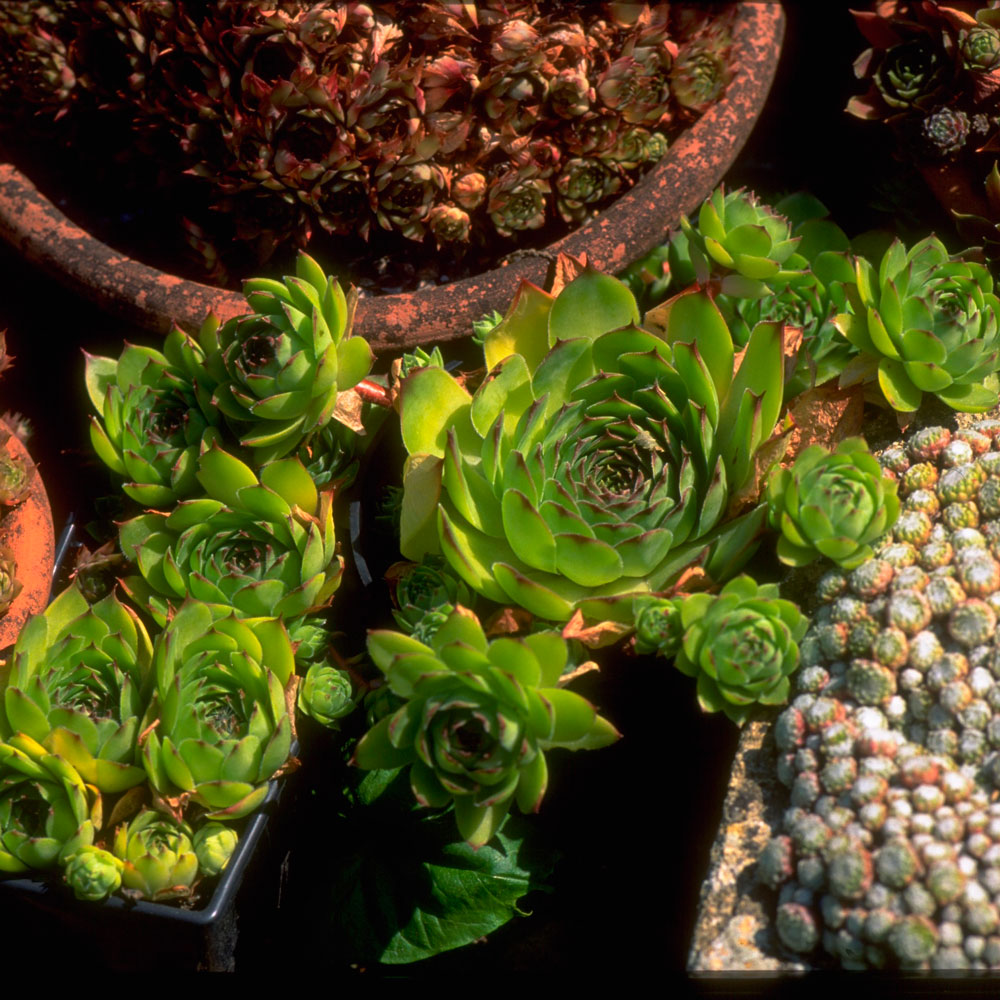
The limestone houseleek, Sempervivum calcareum, is a great example of a drought-tolerant evergreen plant.
This succulent perennial boasts geometric spirals of pointed blue-green leaves with red tips, and spikes of pink flowers appear between June and August. Not only is this one of the best drought-tolerant plants to grow in your garden, but it also tolerates neglect, and it's great in rock or gravel gardens and pots.
Plant the limestone houseleek in well-drained soil (chalk, loam or sand) and somewhere with lots of sun. For container growing, use a half-and-half mix of John Innes No 2 potting compost and horticultural grit.
Limehouse leeks are low-growing, only reaching 10cm in height. After the plants have flowered, remove spent rosettes.
Where to buy limestone houseleek:
- Amazon: buy a selection of potted houseleek plants.
13. Pink rock rose
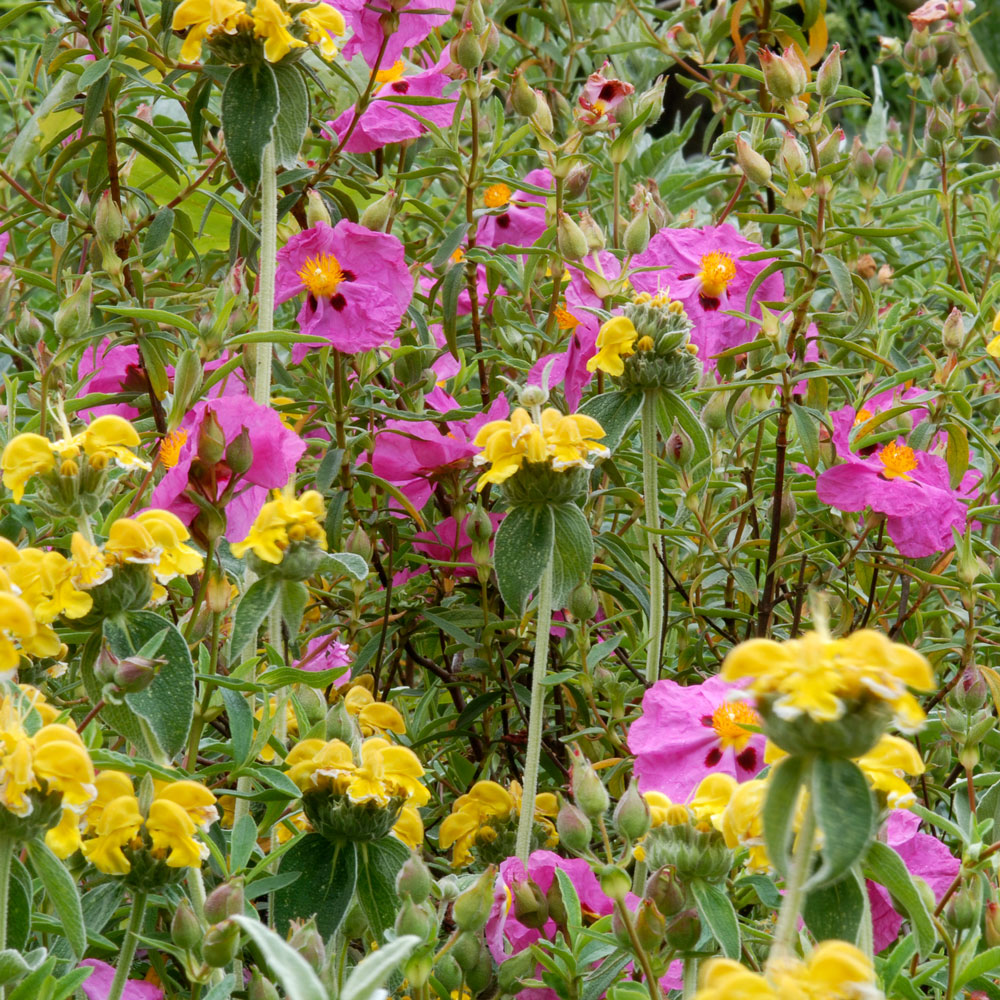
The rock rose, Cistus creticus, is another compact evergreen which provides vibrant displays of papery flowers from June to July. It's another great drought-tolerant plant choice for coastal gardens.
Plant the rock rose in well-drained soil and in full sun. Keep it sheltered from cold winds for best results. This plant can reach up to one metre in height.
There's no need to feed this plant, but it can be lightly trimmed once flowering has finished.
Where to buy rock rose:
- Amazon: choose from a wide selection of rock rose plants.
14. Kaleidoscope
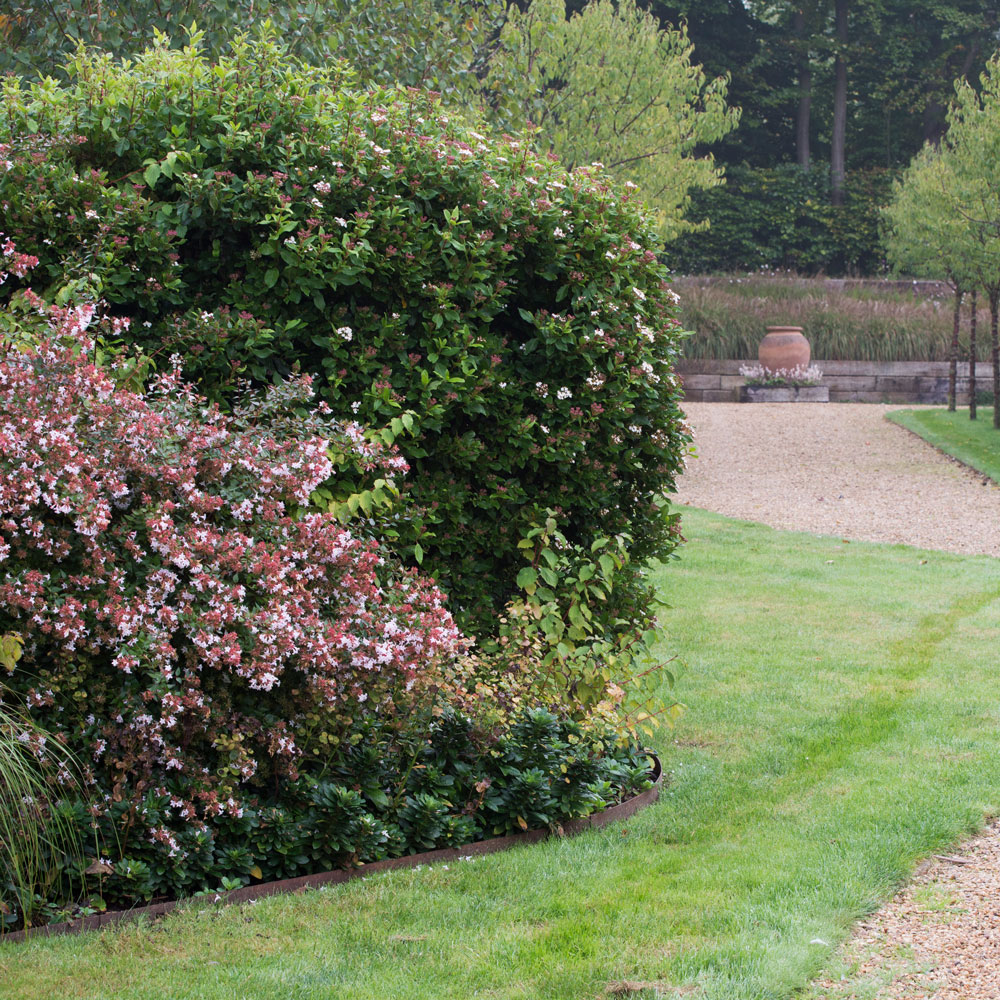
The kaleidoscope plant, Abelia grandiflora, makes our list of the best drought-tolerant plants for its spectrum of colour and fragrance. The leaves change colour throughout the season, providing interest year-round. Plus, you can expect scented pink and white flowers from August to October.
Choose a sunny, sheltered position for this plant, and make sure the soil is well-drained and fertile. It's a great choice for containers, and can reach up to one metre in height.
Protect container-grown kaledioscopes during the winter by wrapping the pot in fleece, and trim the plant lightly in spring.
Plant in well-drained, fertile soil (chalk, loam or sand) and in a sunny, but sheltered position. It is excellent in a container and will reach an ultimate height of 1m.
- Gardening Express: grow this drought-tolerant kaleidoscope plant in your garden.
FAQs
What is the most drought tolerant plant?
'Out of the above, gorse is likely the most drought tolerant,' says John from Gardenstone. 'It has a deep root system which allows it to access water from deeper soil layers, which makes it incredibly drought tolerant.
'Lavender also has a deep root system which is what makes it so drought tolerant. Plus, it has small hairs on it which reflect sunlight, as well as a reduced leaf surface area.'
What evergreen plants are drought resistant?
There are a number of evergreen plants which are drought-resistant.
'Some of my favourite drought-resistant evergreen plants include pittosporum, sacred bamboo, Fatsia japonica, juniper pine and Trachelospermum jasminoides,' says Andy Ellis.
Learning how to grow yucca plants will also fill your garden with attractive strap-like foliage all year round.
Will you be introducing some of our best drought-tolerant plants to your garden this year?
Jennifer is the Deputy Editor (Digital) for Homes & Gardens online. Prior to her current position, she completed various short courses a KLC Design School, and wrote across sister brands Ideal Home, LivingEtc, 25 Beautiful Homes, Country Homes & Interiors, and Style at Home.
- Sophie KingGardens Editor
-
 7 outdated rules to ignore when designing a small patio – experts say ditching them will transform your space
7 outdated rules to ignore when designing a small patio – experts say ditching them will transform your spaceThese are the traditional patio design rules you don’t always need to follow
By Rebecca Lawton
-
 Who is responsible for repairing a party wall?
Who is responsible for repairing a party wall?How to find out who should be organising and paying for the work
By Natasha Brinsmead
-
 Overcoming limited space and doing away with an awkward layout, this couple created a family kitchen filled with elegant touches
Overcoming limited space and doing away with an awkward layout, this couple created a family kitchen filled with elegant touchesThe symmetrical layout is full of luxurious details
By Holly Reaney
-
 I’m seeing pastel garden furniture at all my favourite brands this spring, but QVC’s sorbet collection impressed me the most
I’m seeing pastel garden furniture at all my favourite brands this spring, but QVC’s sorbet collection impressed me the mostFresh pastel shades are a great way to liven up your outdoor space
By Kezia Reynolds
-
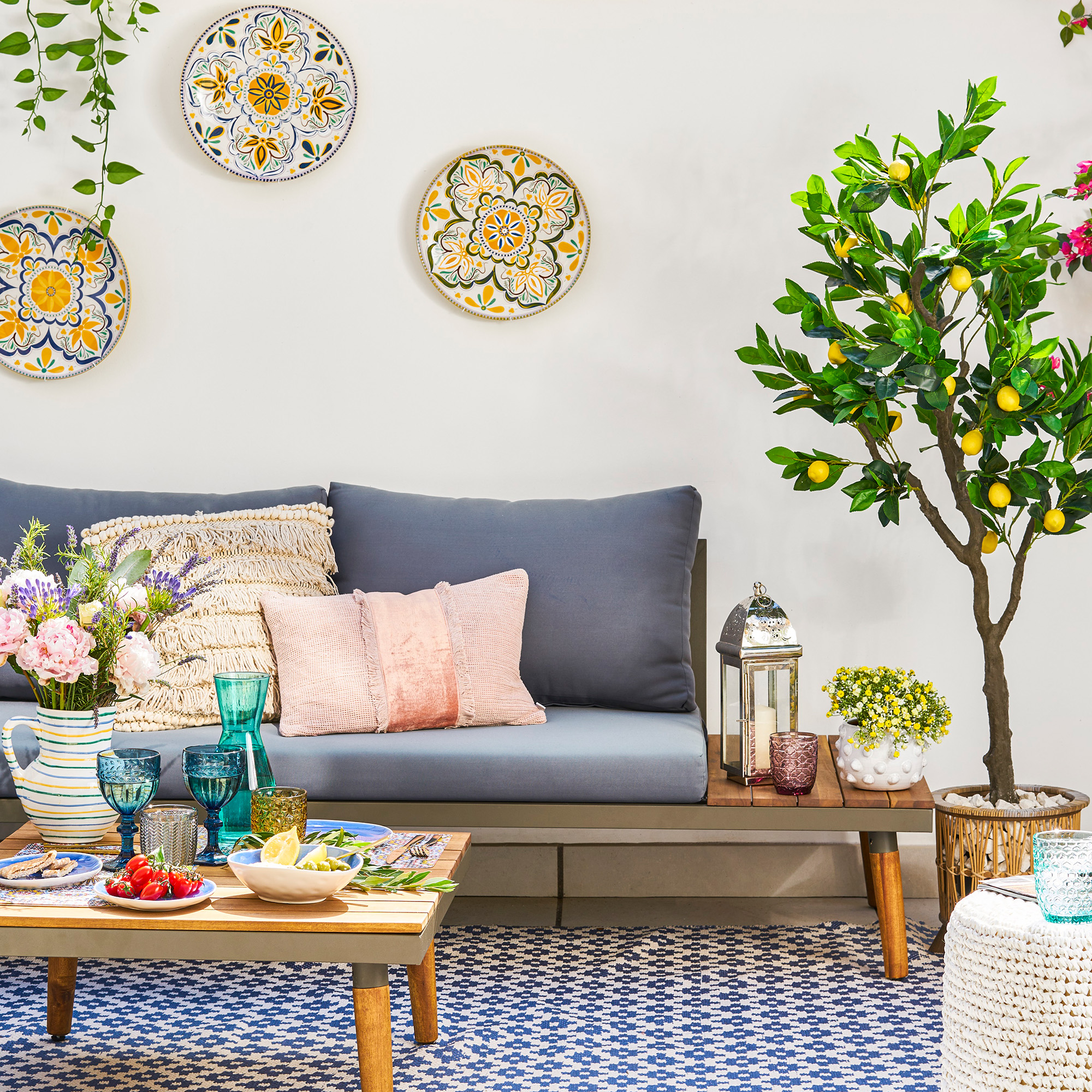 I spent the afternoon looking through Wayfair's garden sale – these are the 6 pieces I'm buying immediately for summer
I spent the afternoon looking through Wayfair's garden sale – these are the 6 pieces I'm buying immediately for summerThese are my must-have garden buys from the sale
By Holly Reaney
-
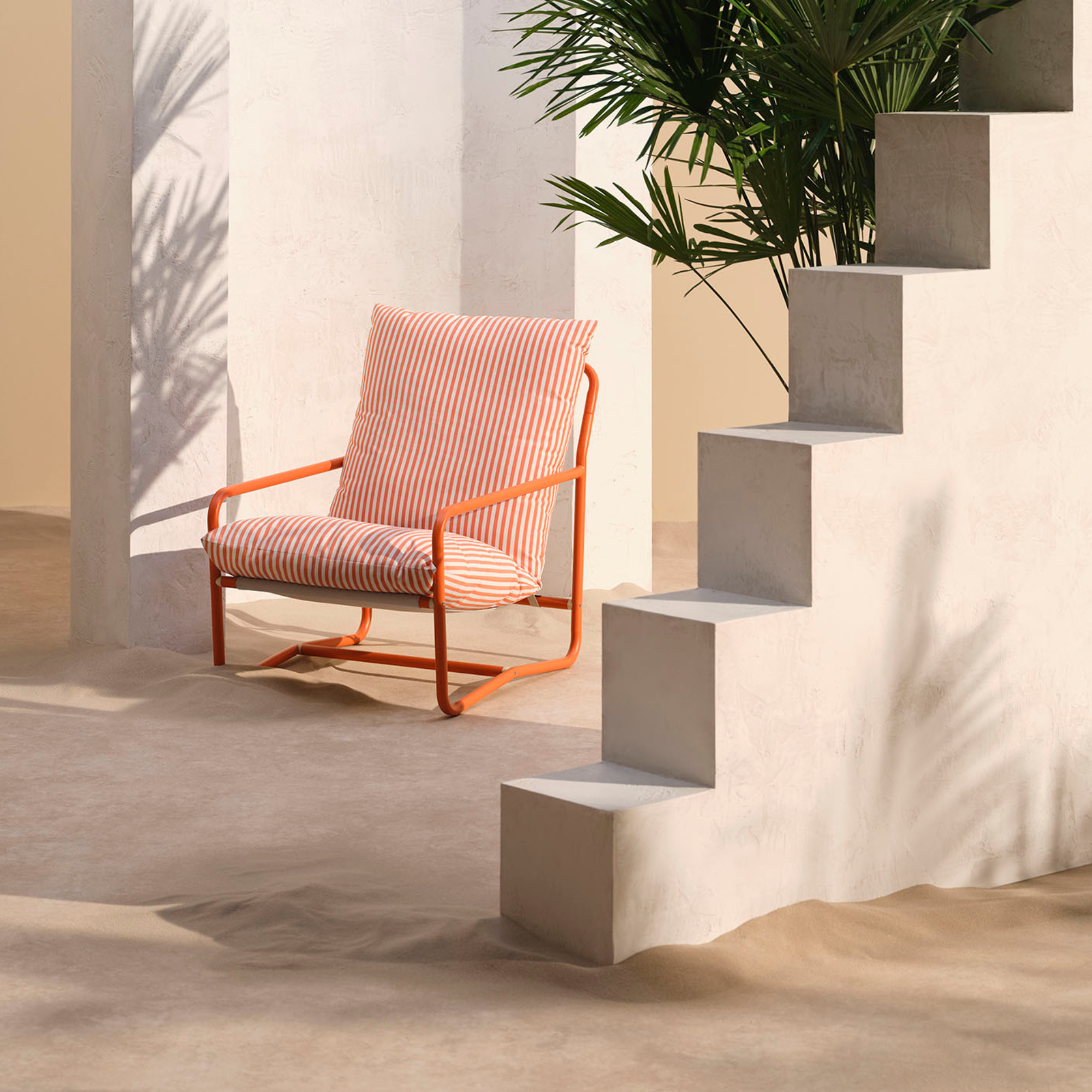 I’ve found the perfect alternative to John Lewis’ sold-out striped garden chair – and you won’t believe where it's from
I’ve found the perfect alternative to John Lewis’ sold-out striped garden chair – and you won’t believe where it's fromJohn Lewis' Sling Garden Chair is one of the most stylish pieces of garden furniture I'd seen – until I tracked down this QVC lounge chair...
By Kezia Reynolds
-
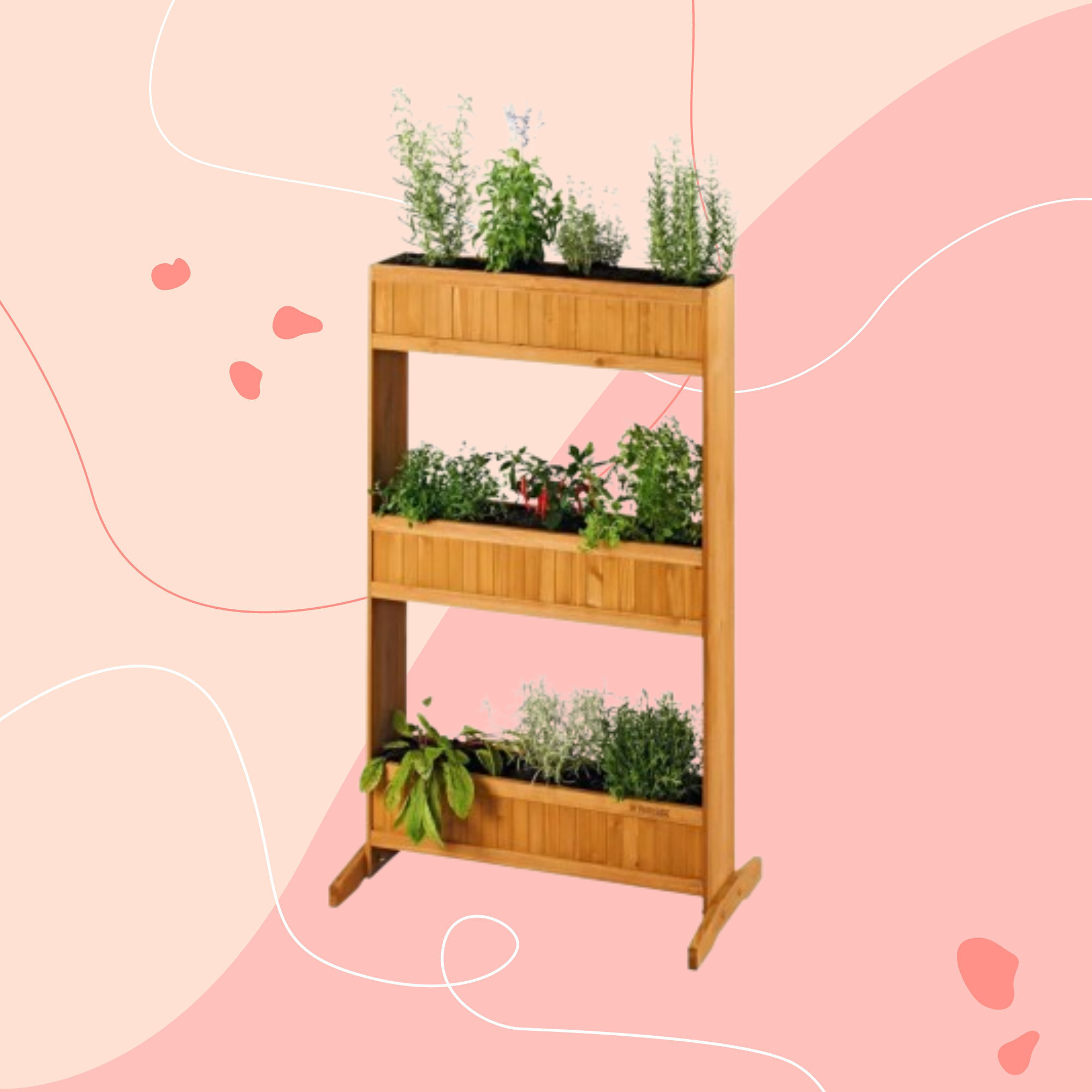 Lidl is selling a smart tiered planter that will unlock extra planting space in a tiny garden or balcony
Lidl is selling a smart tiered planter that will unlock extra planting space in a tiny garden or balconyWhy I've been eyeing this planter up for my tiny garden
By Kezia Reynolds
-
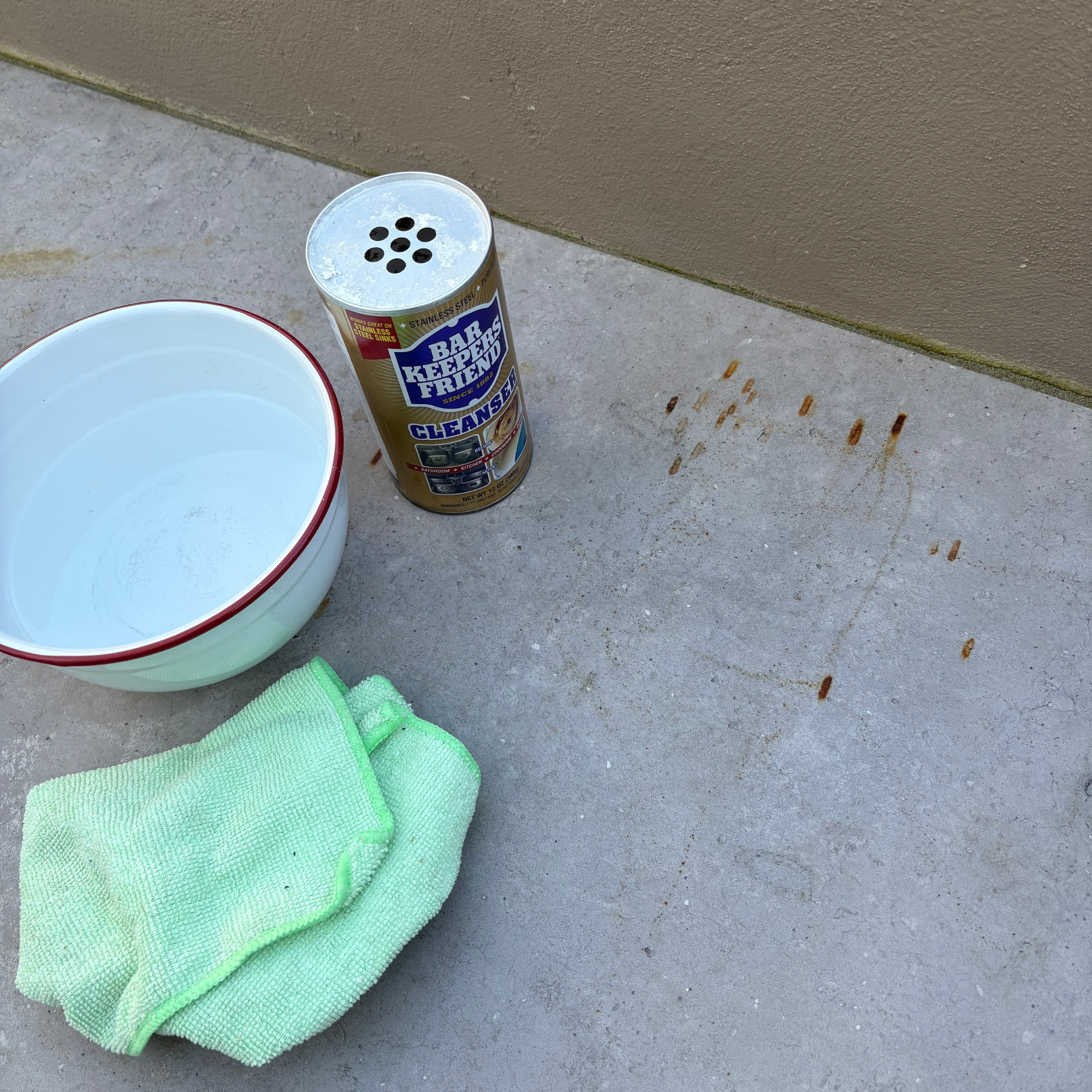 I’ve found the best solution for cleaning stains from a patio - and it’s only £8 on Amazon
I’ve found the best solution for cleaning stains from a patio - and it’s only £8 on AmazonThe stains practically vanish!
By Kezia Reynolds
-
 Lidl’s £15 sun sail is everything you need to create a shady oasis in your garden – and it’s on sale right now
Lidl’s £15 sun sail is everything you need to create a shady oasis in your garden – and it’s on sale right nowWith two stylish colours available, the sun sail will make a chic yet practical addition to any of your garden.
By Kezia Reynolds
-
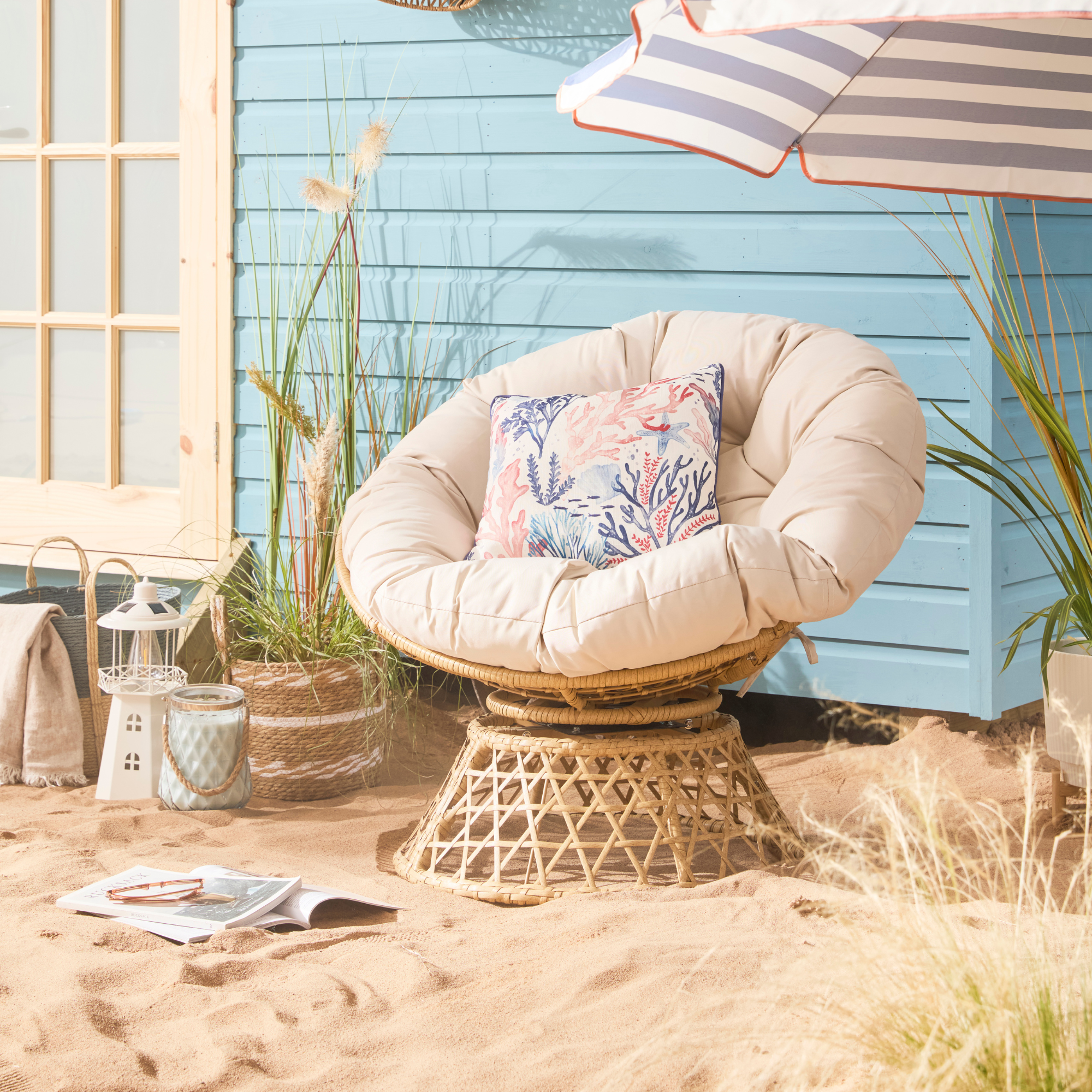 B&M has nailed 2025's breakout garden furniture trend - it's one of the most affordable and stylish I've seen
B&M has nailed 2025's breakout garden furniture trend - it's one of the most affordable and stylish I've seenGet the luxe look for less
By Kezia Reynolds
-
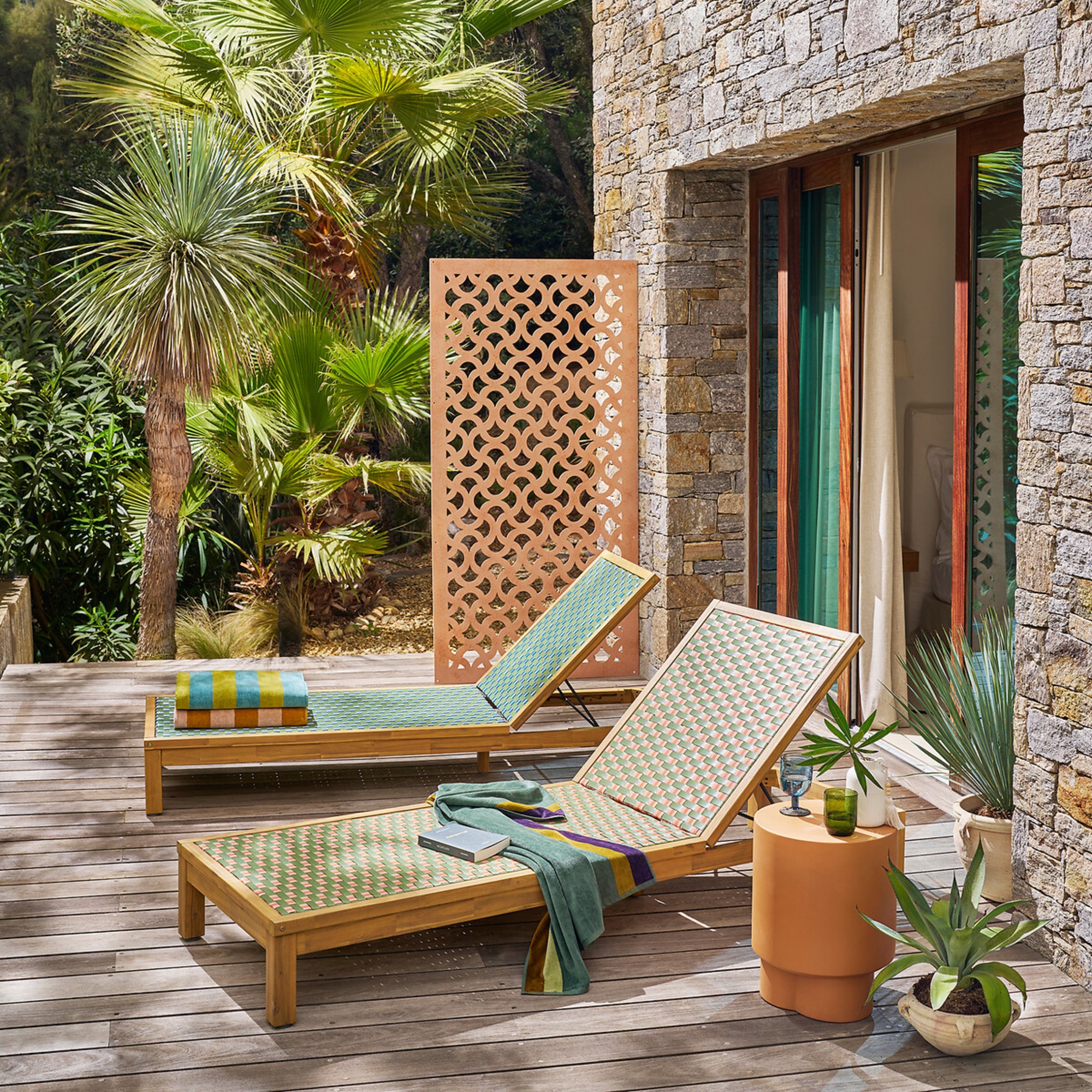 I was shocked to discover a treasure-trove of designer-look garden furniture at La Redoute on sale right now – 6 chic standouts
I was shocked to discover a treasure-trove of designer-look garden furniture at La Redoute on sale right now – 6 chic standoutsGive your garden that high-end look
By Sara Hesikova